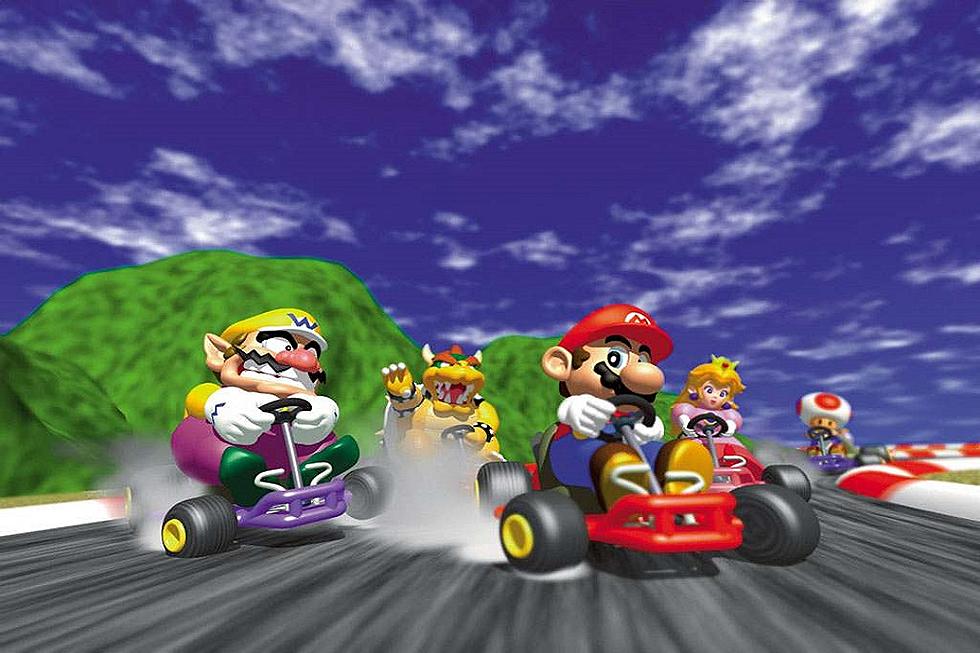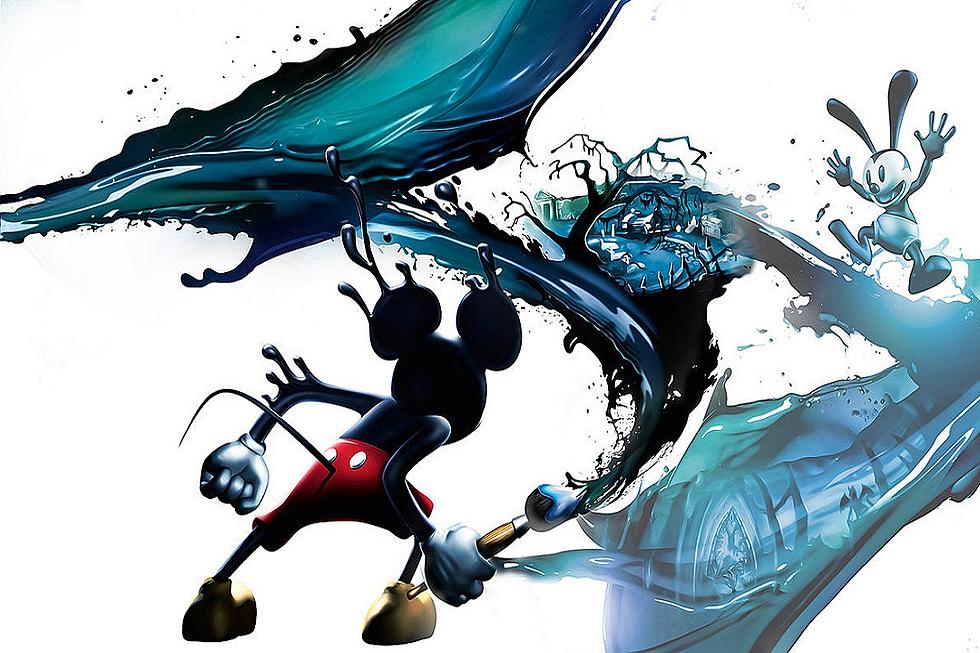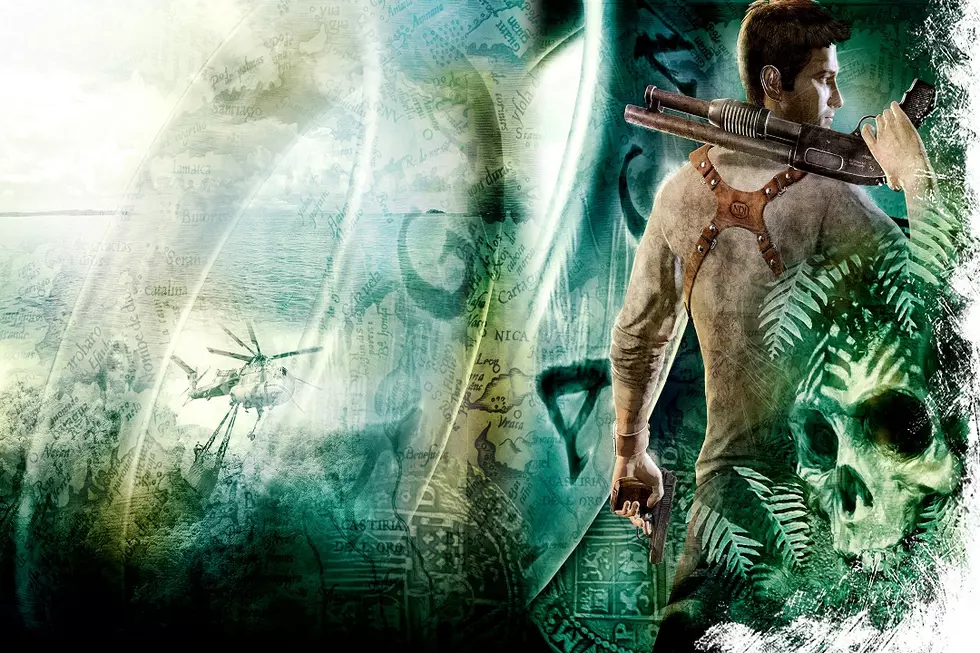
Shattering Predictability to Create Replayability in Left 4 Dead
Great cooperative gameplay isn’t very simple anymore. Gone are the days of giving two identical, yet palette-swapped characters the green light to just go nuts on wave after wave of enemies. As player tastes evolve, so does the need for mechanics and design that continue to make the games we love to play together fun. How do you go about creating a new co-op experience that will continue to entice players to return while also nurturing an environment where teamwork is mandatory? Perhaps one of the best answers to this question came in 2008 when Turtle Rock Studios and Valve released Left 4 Dead.
Turtle Rock Studios began work on Left 4 Dead in mid-2005. Fans of horror, the team’s early concept was to create a game that encapsulated grindhouse and B-movie horror themes and fused single-player story and narrative into an active and highly replayable multiplayer experience. The game uses a modified version of the Source engine which was used to create Counter-Strike: Source and Half-Life 2. The engine was modified to help create a mood for the game with different lighting, fog, shadow and “wet” effects to give the game a distinctly gritty horror vibe. Moreover, a new physics-based animation style allowed the studio to work impact more heavily into the game, such as infected being knocked back in specific ways when struck or shot in a certain body part.
In Left 4 Dead, players take on one of four characters trying to navigate and survive numerous horror-film scenarios in which a pandemic causing humans to turn rabid has ruined civilization. Regardless of how many players are playing, four characters are always present with the AI taking up for characters uncontrolled by players. As the players work their way through scenarios, various hordes of infected attack and threaten progress. These attacks often including special infected utilizing unique threats such as the bloated Boomer that attracts other infected by vomiting on players or the Smoker using its lengthy tongue to capture, pull away and isolate a character from the group. The constant threat was built specifically to dissuade “lone-wolf” practices and promote constant team work at every step of the journey.
One of the primary factors contributing to replayability in Left 4 Dead was the specially created “Director” AI system for the game. Instead of relying on spawn points and creating predictability, this system constantly shifts and changes where certain items and enemy encounters appear. The Director’s shifting patterns were built to react to player location, situation and skill to create dynamic and unique experiences for each playthrough of any given scenario. Running into a Boomer at one point of a playthrough in no way guaranteed that you would see it in that same place again in another. This created both a constant tension and a certain mood of luck or misfortune throughout play.
Though many of the scenarios direct the player party on a singular, linear path, Left 4 Dead wasn’t always built that way. Early in development, scenarios actually included several branching paths that would allow players to explore and find themselves in several different endpoints. This was found to be confusing in playtesting and Turtle Rock found that players would simply constantly choose one certain path, so the multiple path concept was scrapped and the alternate paths were instead divided into two full length scenarios --- “No Mercy” and “Dead Air."
Left 4 Dead was massively applauded for what it offered to the co-op community. The promotion of teamwork, the level of replayability and the fantastic horror film style created a unique and constantly shifting style which could be played over and over again and still feel fresh. The game always felt like it was guiding players into a new and fresh hell while ensuring that it would almost never be found in the same place or play out in the same manner, and this unpredictability built Left 4 Dead into an experience where trying to go it alone was a sure-fire way to die quickly. Co-op has shifted and evolved regularly, but few games have ever made teamwork and companionship as uniquely mandatory as Left 4 Dead.
More From Arcade Sushi









